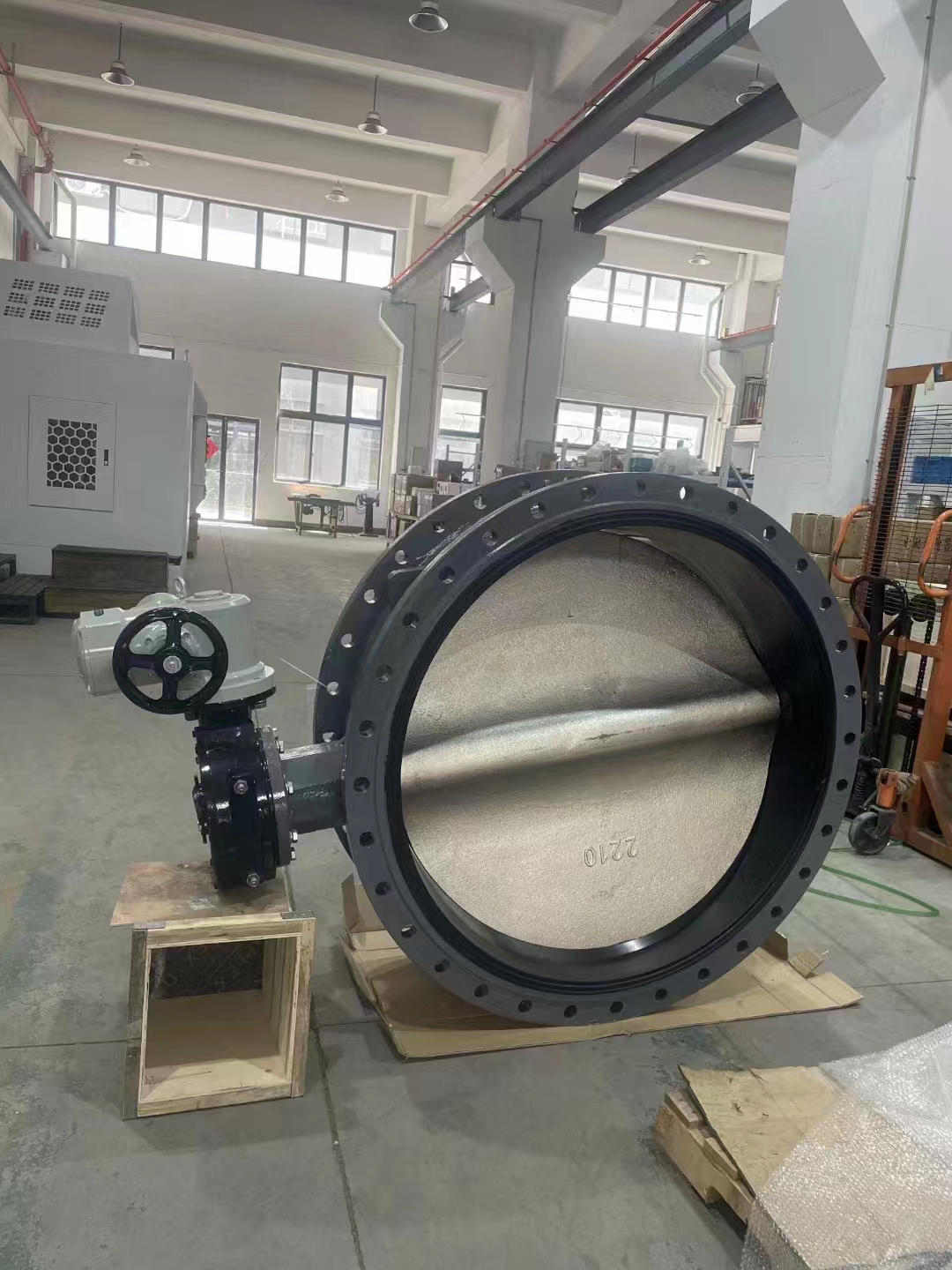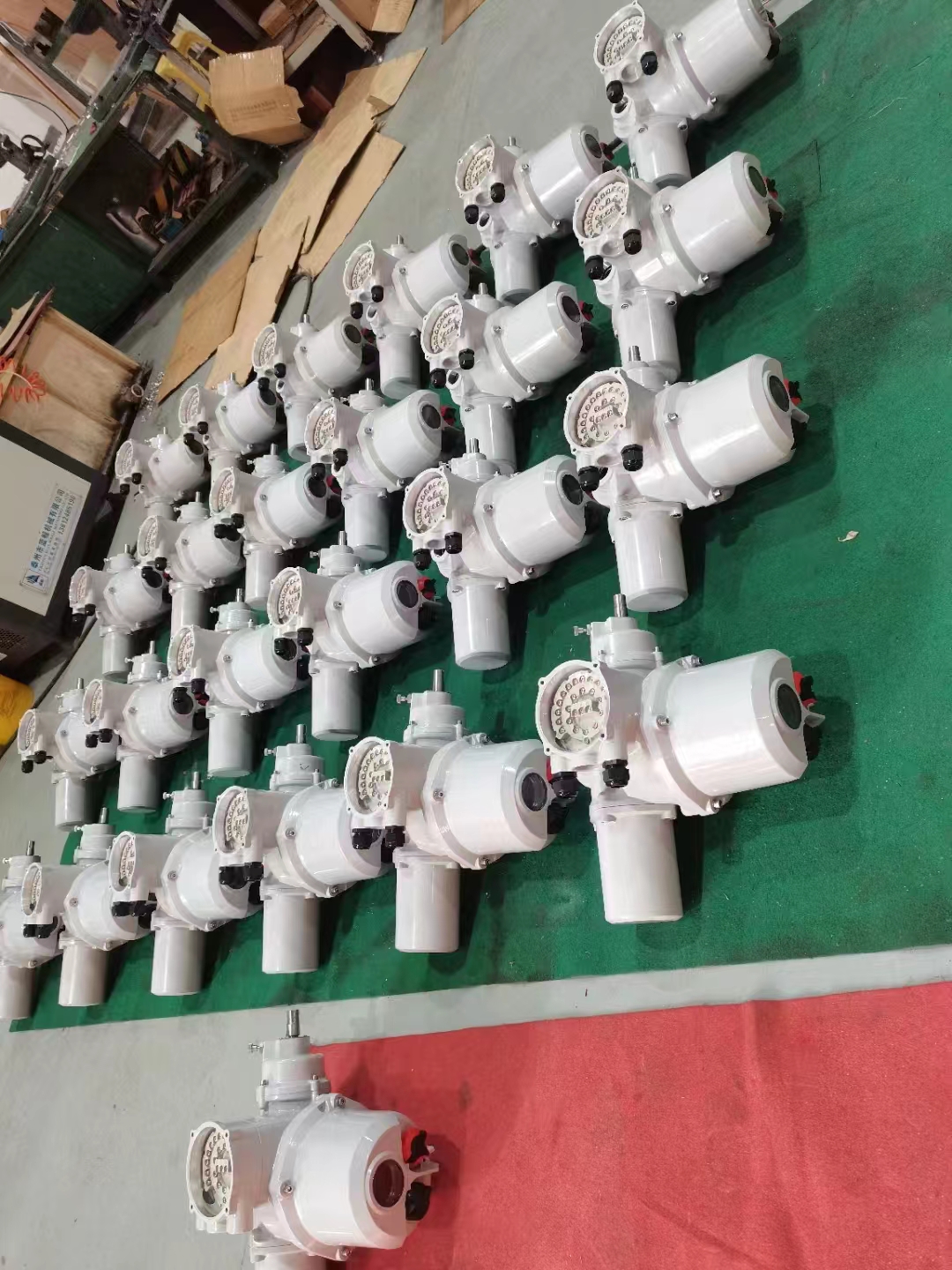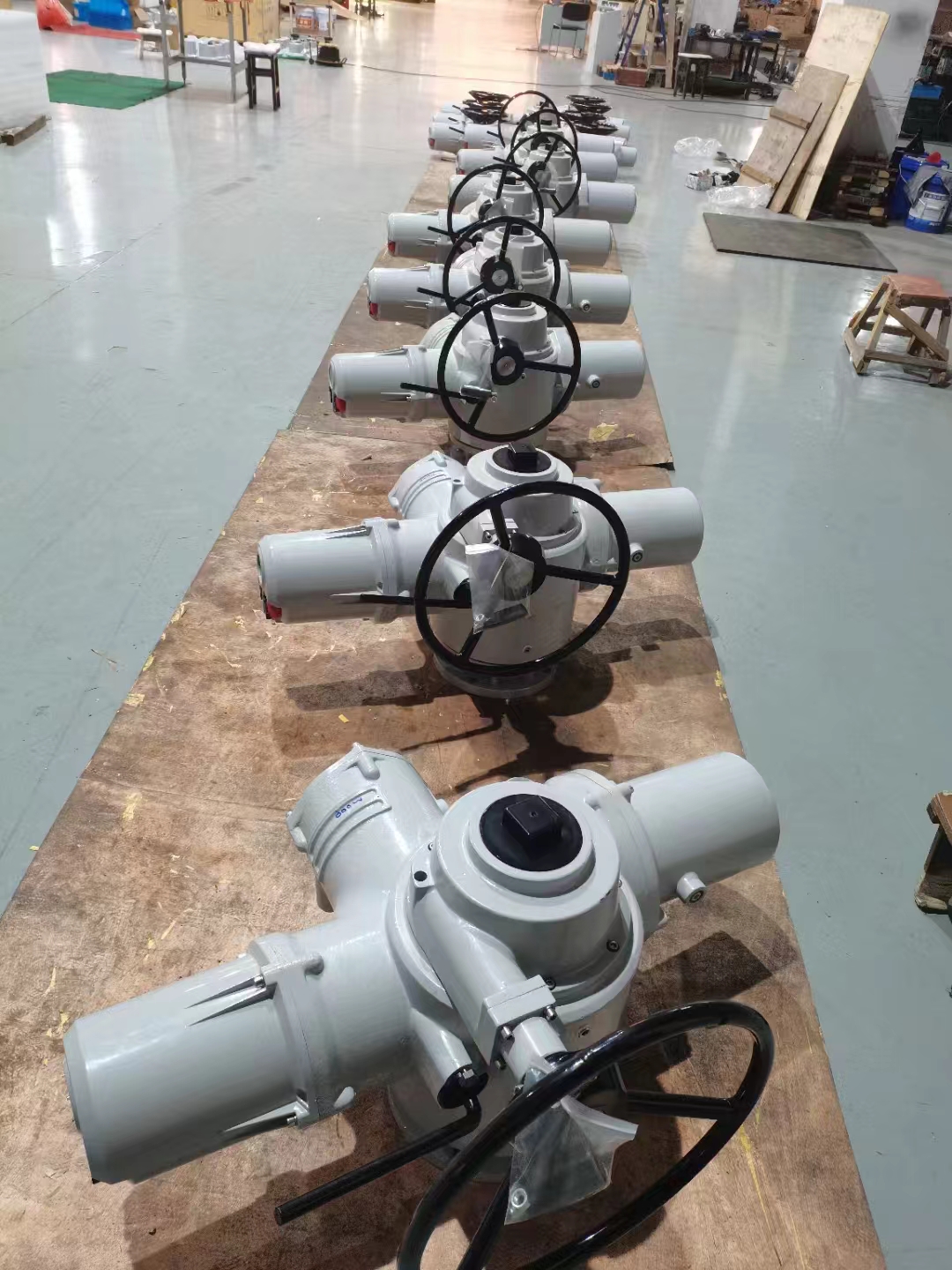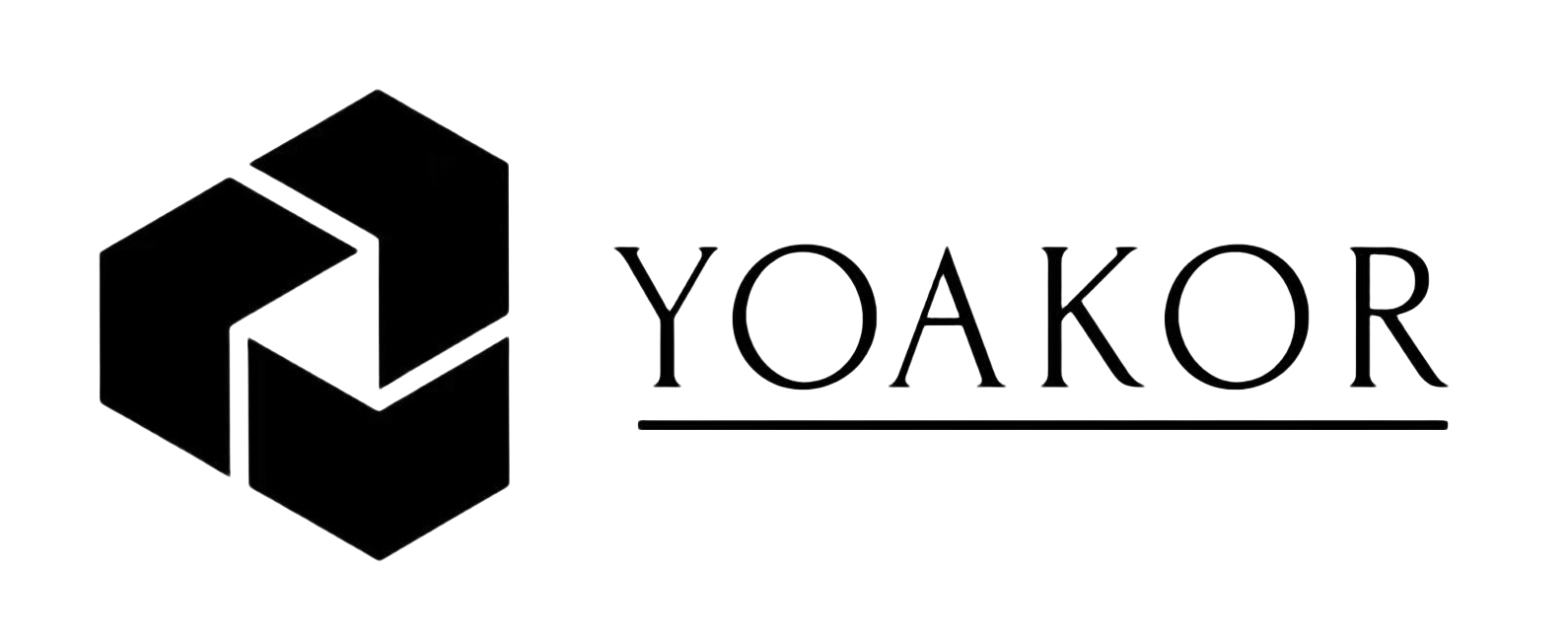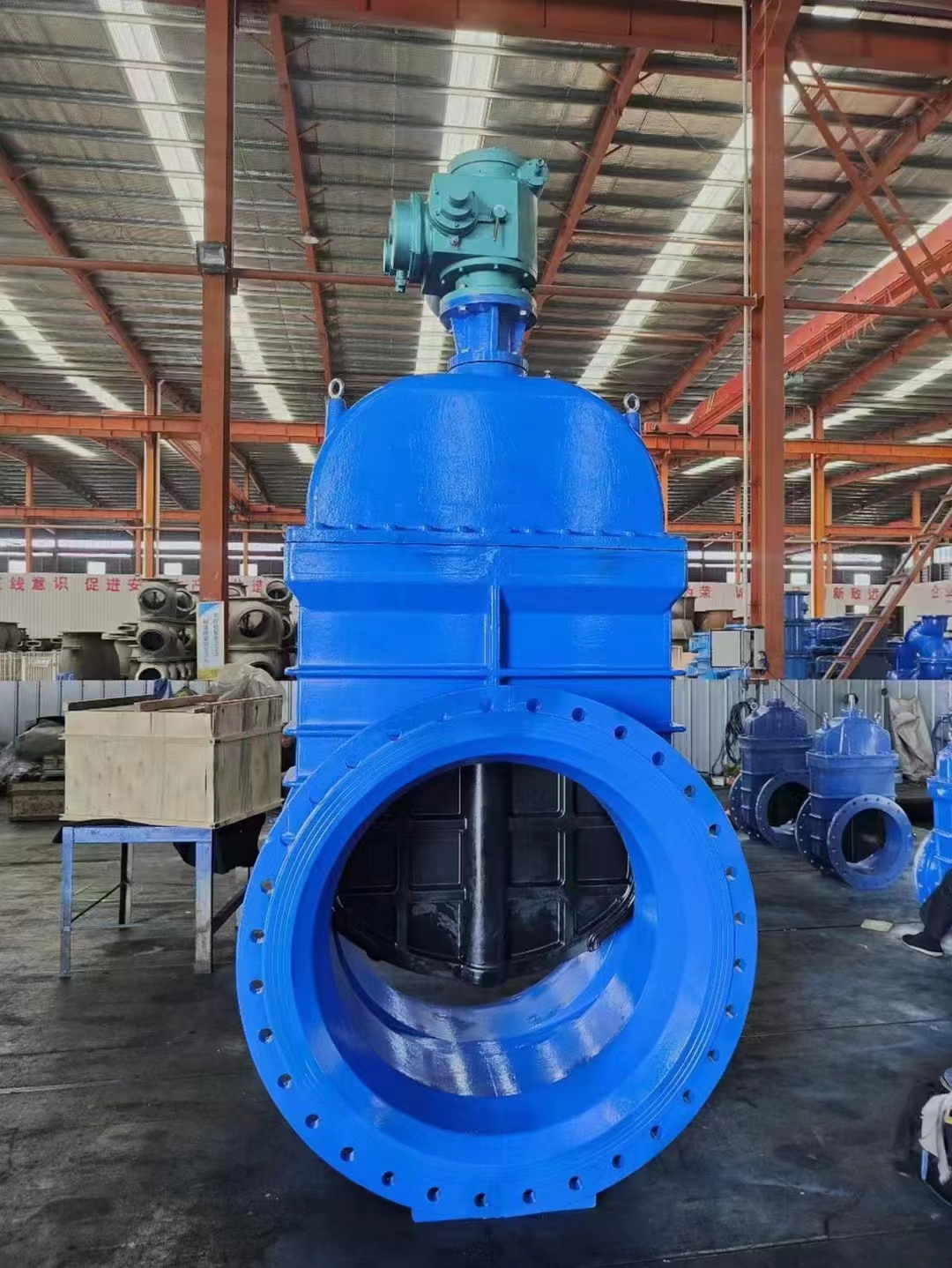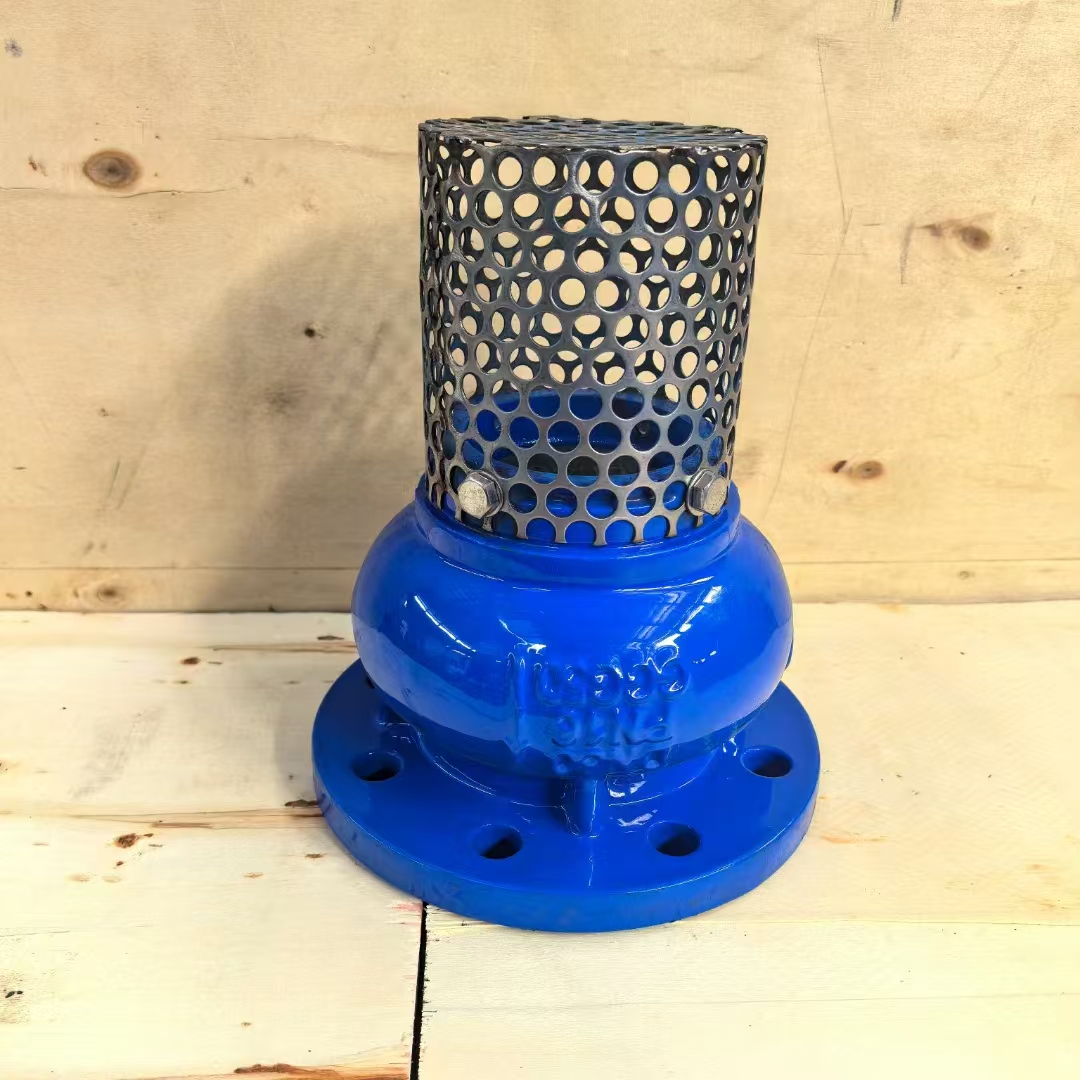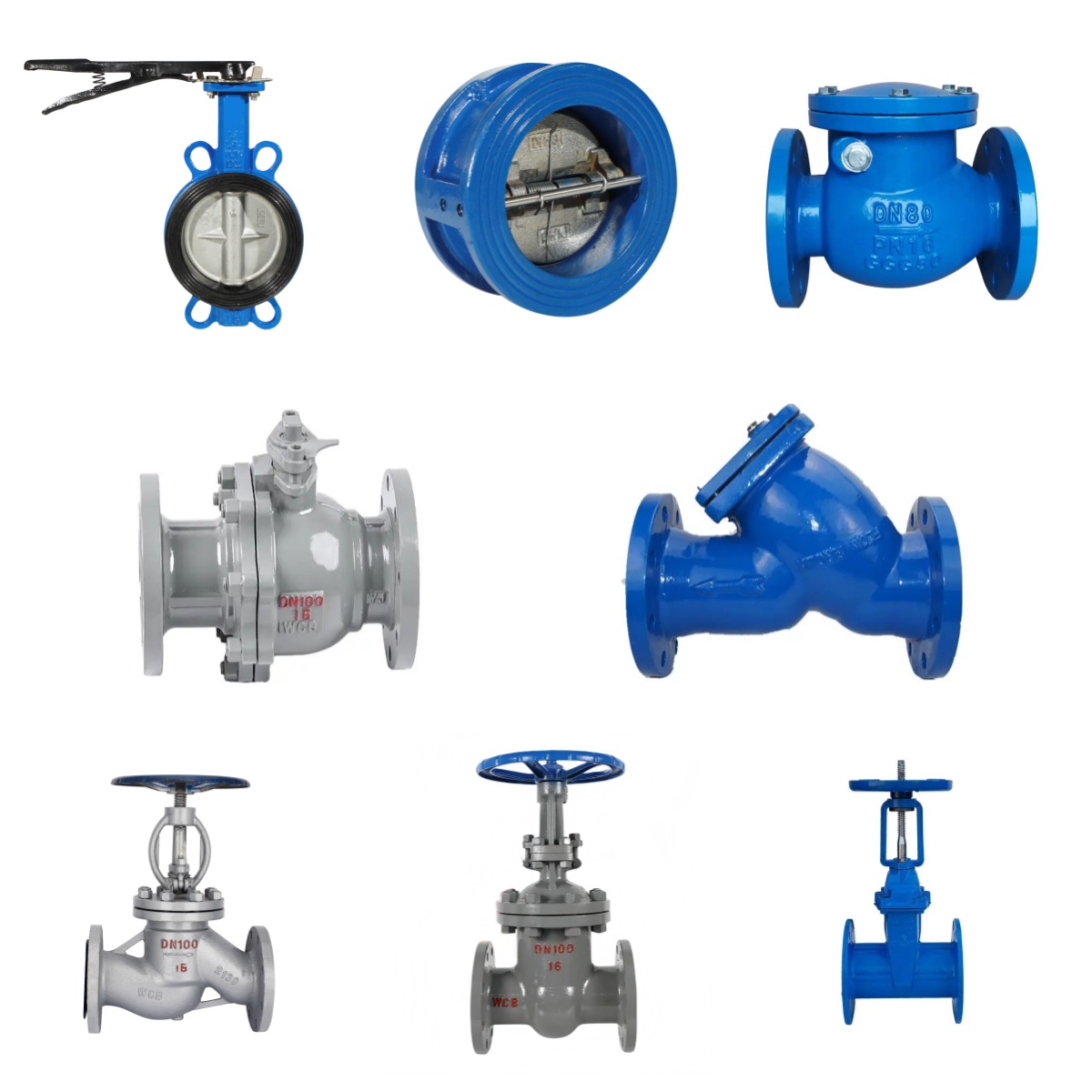The multi-turn electric actuator is a driving device for the valve to open, close or adjust the control, which is used to control the opening and closing of the valve. It can accurately act according to the control instructions and is a commonly used driving device for remote control, centralized control and automatic control of various valves and dampers.
The principle of the multi-turn electric actuator is to drive a screw through the rotation of the motor to control the rotation angle. Specifically, the rotation of the motor is transmitted to the screw through the reducer, and the rotation of the screw will push the piston of the actuator up and down, thereby realizing the control of the rotation angle. The multi-turn electric actuator usually adopts a closed-loop control system, and the position of the actuator is monitored in real time through the feedback sensor, and compared with the set value to achieve control.
Multi-turn electric actuators can be divided into two types: angular stroke electric actuators and full-turn electric actuators. Angular stroke electric actuators are suitable for controlling angular stroke valves, such as ball valves, butterfly valves, etc., and their travel range is usually 90 degrees to 270 degrees. Full-turn electric actuators are suitable for controlling full-turn valves, such as plug valves, gate valves, etc., and their travel range is 360 degrees.
Multi-turn electric actuators have the characteristics of full functions, reliable performance, advanced control system, small size, light weight, easy use and maintenance, etc. They are widely used in electric power, metallurgy, petroleum, chemical industry, papermaking, sewage treatment and other industries.
